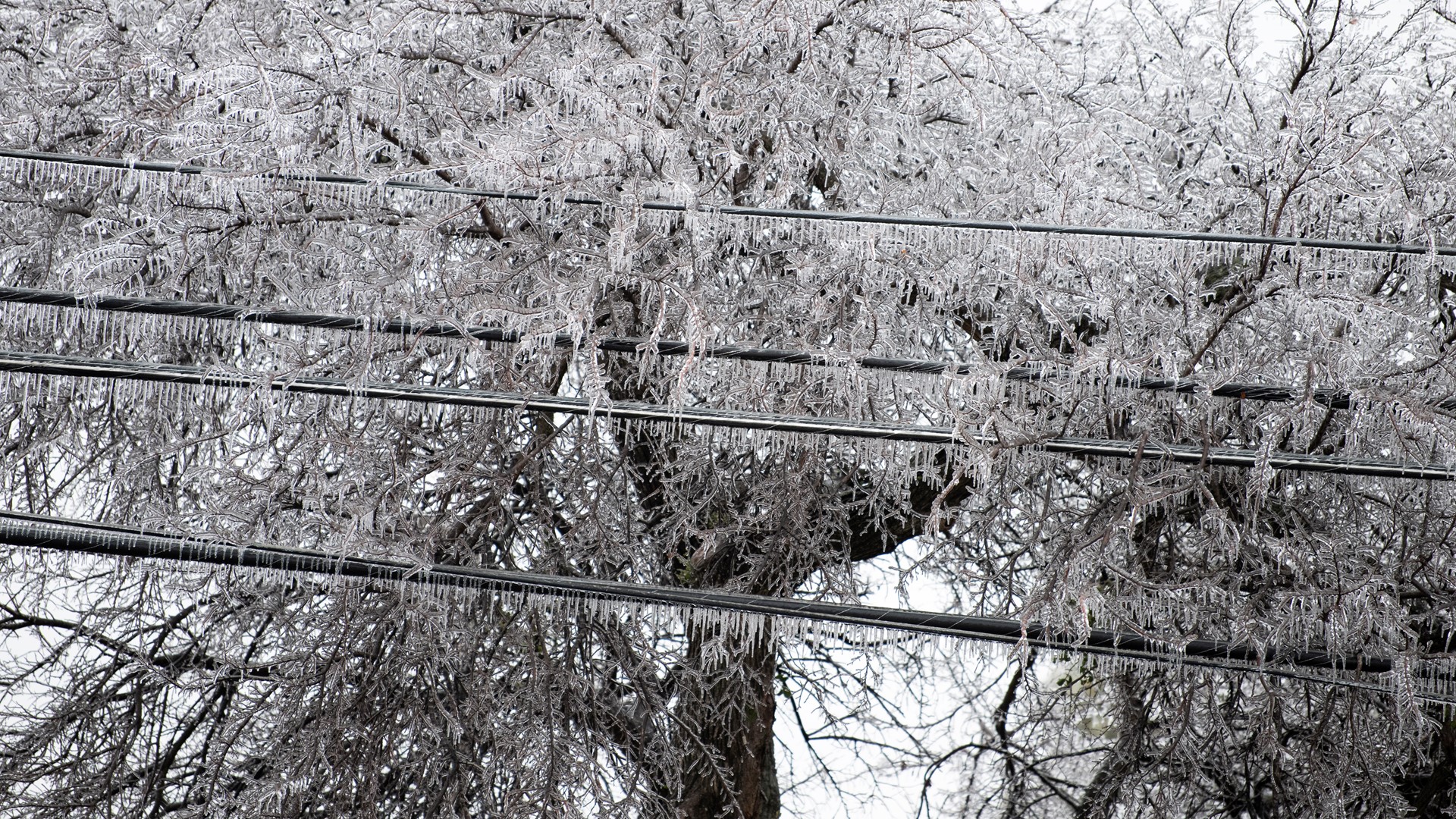AUSTIN, Texas — The city of Austin and Austin Energy are currently working to update their climate plan, known as Austin Energy’s Resource Generation and Climate Protection Plan to 2035. They still have a goal of becoming completely carbon-free by 2035, but had to make some adjustments recently.
In 2020, the city adopted the first version of this plan. But after Winter Storm Uri in February 2021 and the peak demand for energy over the last two summers, the utility company has been looking for ways to consistently provide reliable energy.
“We need to make sure that they have reliable, affordable and clean power, and it takes the right amount of balance to make sure we do that,” said Lisa Martin, Austin Energy’s chief operating officer.
Leaders with Austin Energy also said the transmission congestion and increasing cost of importing energy into the city have been major challenges recently.
After holding five workshops with the community this year, Austin Energy found that Austinites' No. 1 priority for their energy was reliability. The other two qualities were affordability and environmental sustainability, respectively.
Austin Energy said it is already 70% carbon-free in terms of generation, but to supplement all the other energy demand, it is planning to use “peaker units.”
“Peakers,” as they are referred to, are described as jet engines that are connected to generators to produce energy. The catch is that they are not on all the time, only during critical situations, or “peak” demand.
“They’re excellent to fill the gaps and to complement other renewable energy when you have longer-duration needs that aren’t resolved by, say, battery storage, for example, that’s shorter duration, or if the sun is not shining or the wind’s not blowing,” Martin said.
But they’ve already been stirring up some controversy, as some environmental activists feel the city and Austin Energy should be working toward using other carbon-free sources like battery and solar instead of gas.
“Every single electric utility is going to be facing the same question of what to do about peak demand, and in aggregate, if we do, if we satisfy this peak demand issue with the same old solution, it’s going to be catastrophic,” said Christian Fogerty with Sunrise Austin.
Austin City Council Member Ryan Alter (District 5) joined in with activists on Tuesday afternoon, expressing his concerns with continuing to use gas resources.
“That’s what we’ve always done,” Alter said. “It’s easy, it makes money, but if we want to have an environment, a city where my generation and my children’s generation can grow up and live and thrive, we have to make hard choices.”
Austin Energy said these peaker units are not the end-all be-all solution for meeting all of the energy needs.
“They’re modular. We can pack them up, get rid of them when you don’t need them anymore, especially if technology evolves to a point where we can replace it with something else that’s more aligned with our goals,” Martin said.
On Nov. 27, Austin Energy will officially release the proposed 2035 climate plan, then the Electric Utilities Commission will meet on Dec. 2 to take a vote. After that, the Austin City Council will have a work session with public comment on Dec. 10, then vote on the plan on Dec. 12.

